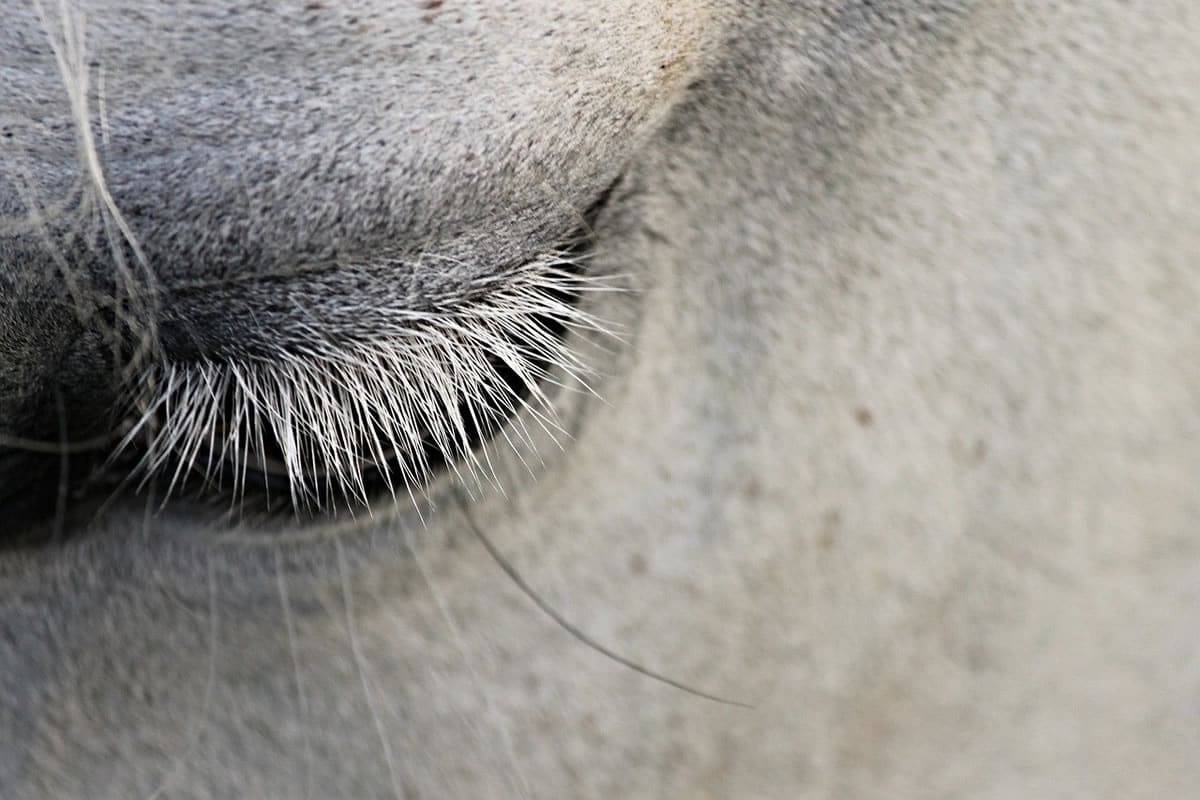Have you ever noticed how being around animals can help to calm people? There are many studies on how non-human animals can help humans in so many ways.
You might have experienced the feelings that another animal can generate? Maybe you’ve heard of schemes that invite animals to interact with people in hospitals or care homes?
My experience is mainly in working with horses. For centuries, people have relied on the horses in their lives. In contemporary times, horses in the UK, although sometimes used for economic purposes, are rarely relied on for practical purposes such as working the land or carrying us to war, rather for pleasure. An expensive hobby some may think, so what is it that draws us to these magnificent creatures; what is that makes us see them in awe; what is it that compels us to be near them even though we may be a little afraid? That’s their beauty and the answer is different for everyone.
Non-judgemental, horses are extraordinarily responsive to human emotions and states of mind, and are experts of knowing when we’re not being genuine. Their social nature is highly developed, which accounts for their sensitivity and keen ability to “read” their surroundings. Their social nature also accounts for their intense need to know who is leading at any given moment.That sets up a natural environment for humans to practice leading the horse and getting genuine feedback about how well they are doing. People can gain confidence and insight by discovering within themselves the qualities the horse is so good at eliciting, including trustworthiness, courage, responsibility, love, empathy, joyfulness, reciprocal giving and receiving, creativity, authentic self, mutual trust and respect, confidence, assertiveness and leadership.
So, what is at work when we experience these animals in this way? There are many books written on the subject, so these are simply some examples of how I’ve seen people learn so much about themselves and their responses to life.
- Horses are flight animals, and will quickly access this ability if they feel threatened. The fight or flight instinct is a reptilian response which sits in the cerebellum. When compared to a human brain, the horse’s cerebellum is large which makes the functions that sit in here very refined. This stress response causes hormones such as cortisol to flood the body, readying the horse for running away, forming its primary defence mechanism. Although, generally, humans don’t need this immediate response, the brain will still react quickly in survive mode when it feels under threat, even when the threat is no longer present. Sometimes this is appropriate, but when it continues, apparently unwarranted, it can cause us to be physically and mentally unwell. When operating in ‘survive’ mode, neither people nor horses can learn as their thinking brain shuts down; it’s not needed to run away from lions and tigers. Horses can help this as observation of them can help people to reflect their own response and what might be a better way.
- Many humans spend much time either in the past or the future, struggling to stay in the ‘now’. Horses are renowned for operating in the ‘now’. They don’t hold grudges, worry about the past and, as far as we know, don’t anticipate the future. It’s true that they will quickly learn about situations that they want to avoid, but rarely anticipate that event happening, rather reacting when it does. When around horses, the animals will respond differently to individuals, depending on whether they perceive a threat. Often, where people are struggling to stay ‘in the now’, horses might be quite wary. The miracle change comes when people explore their feelings to switch into ‘thrive’ mode and this gives them so much more capacity for building better responses. The horse will quite often feel comfortable in coming closer when this switch happens.
- Congruence is one thing that horses are well known for. They pretty much are and do what they say on the tin; what you see is what you get. And, when we’re working with them, their response to those not being congruent is really interesting. To a horse, we don’t feel safe when we’re not congruent as they can’t judge what we might do next. So, what is congruence? Congruence can be described as the correspondence between what you feel and what you express. Therefore, we could define congruence as that balance which exists between your most visceral state (your “gut”) and the externalisation that you make of it in your behaviour. Both verbally as well as non-verbally. That is to say, when we are congruent, what we feel and what we externalise are in tune with each other. Not acting congruently can cause our bodies to feel stress, and horses are very skilled at drawing attention to where the primitive part of our brain is operating out of tune with our behaviour.
- In a horse’s natural environment, everyone is very clear on their role in the herd. The roles sometimes change, but at any given time, each animal is aware of its position and what’s expected. This means that when they’re with us, horses need to check what role we’re playing. This can quickly give people an insight into their own ability to take on, for example, a leadership role as the horse will easily just make its own rules if it feels that no one else is in charge; it has to do this to make sure it stays safe. This reminds me of how our brains can respond when there’s no one holding the reins. If our thinking mind is not giving clear instructions, our primitive mind feels the need to decide for itself and act accordingly, sometimes not appropriately, leading to an unexpected response!
As you can see, horses can make powerful partners in exploring many aspects of how our brain works. Being able to manage our responses to situations more successfully in thrive mode, having our brain work its component parts effectively together creating a flourishing environment, and helping us navigate through life successfully, is key to reducing stress levels, dealing with issues such as depression and eating disorders, and even phobias and panic attacks.


